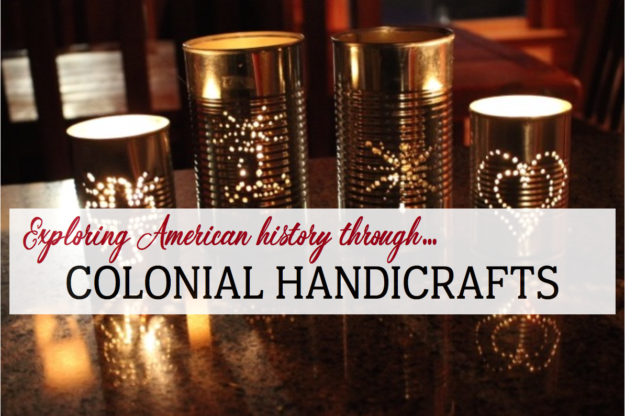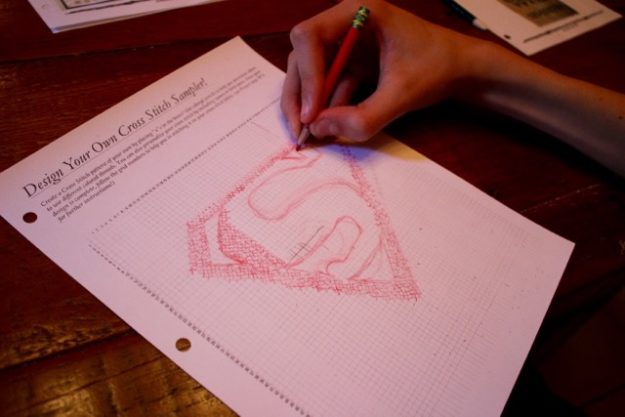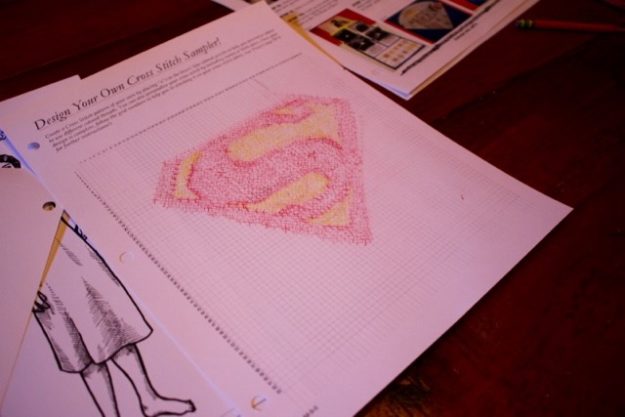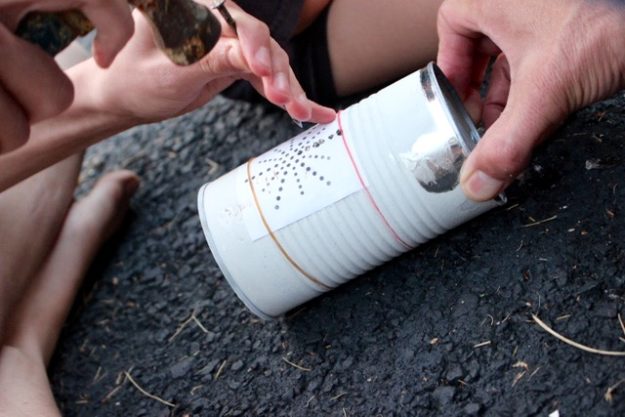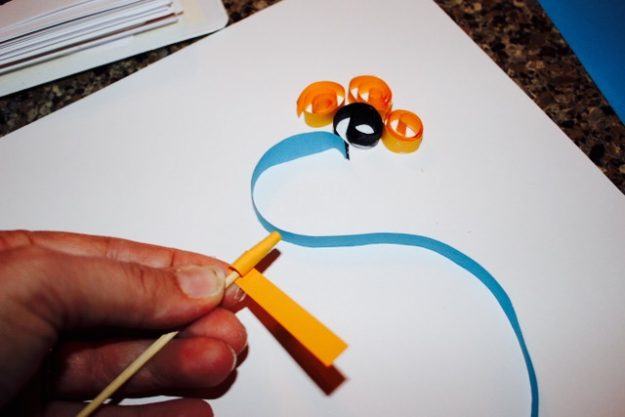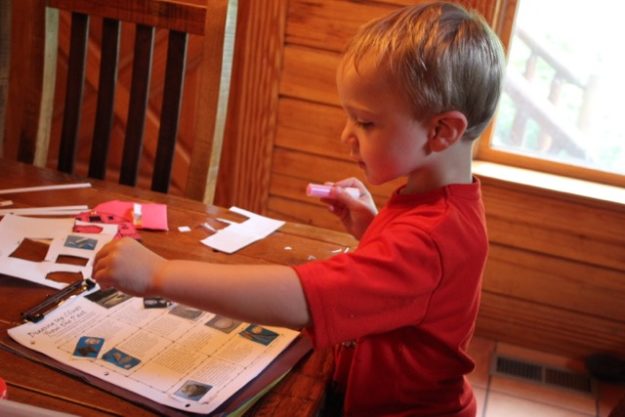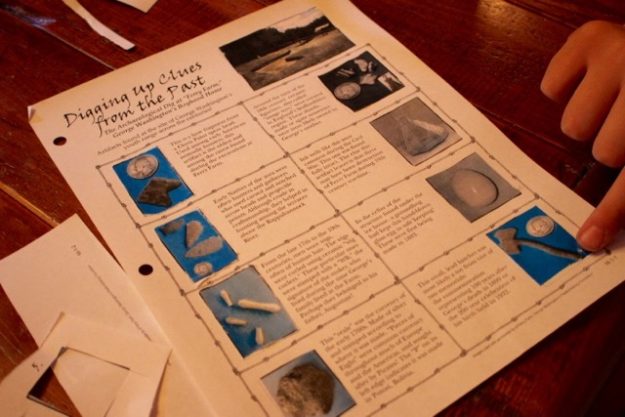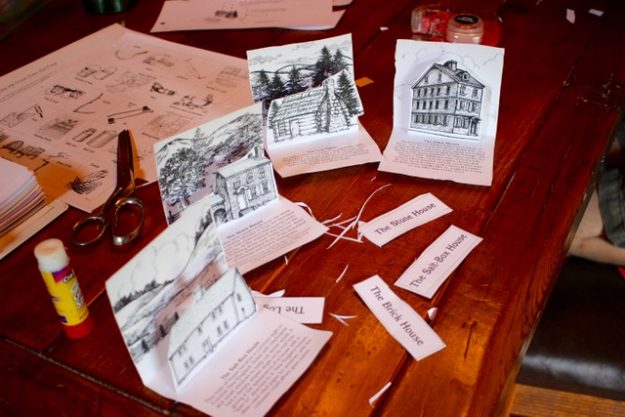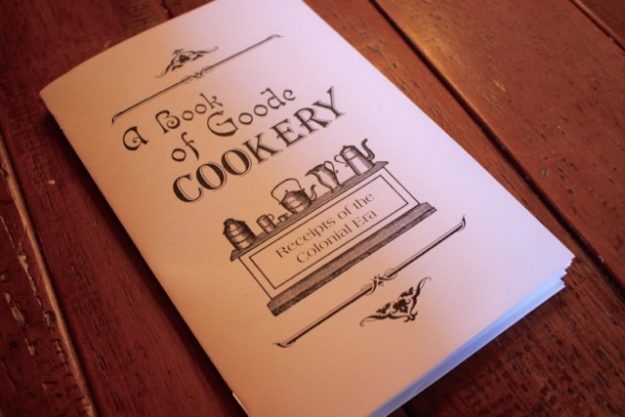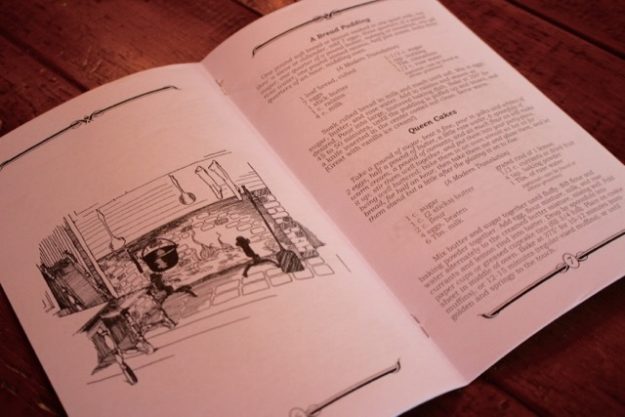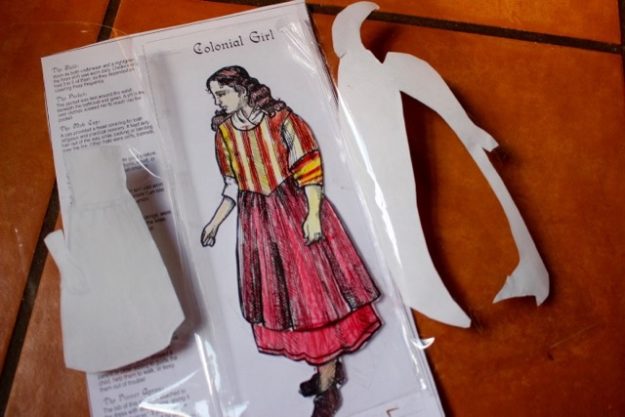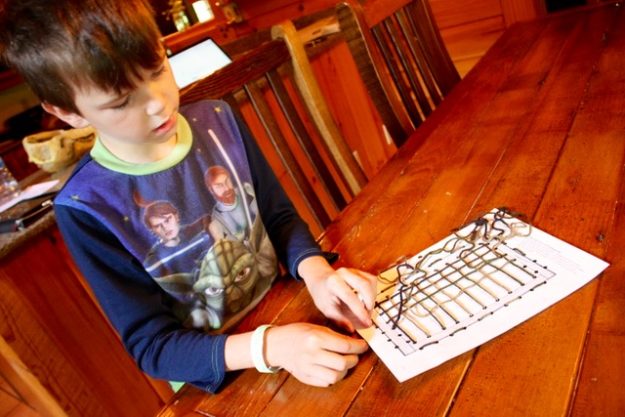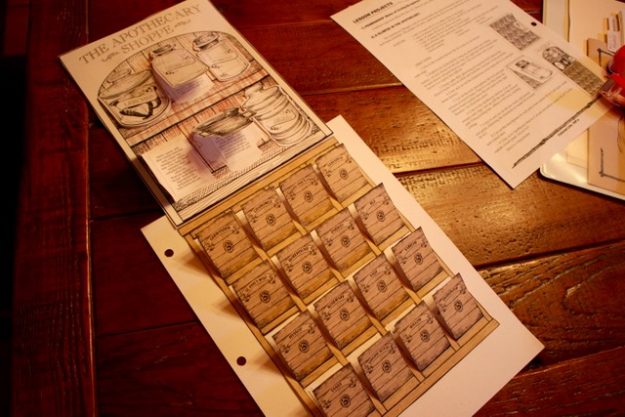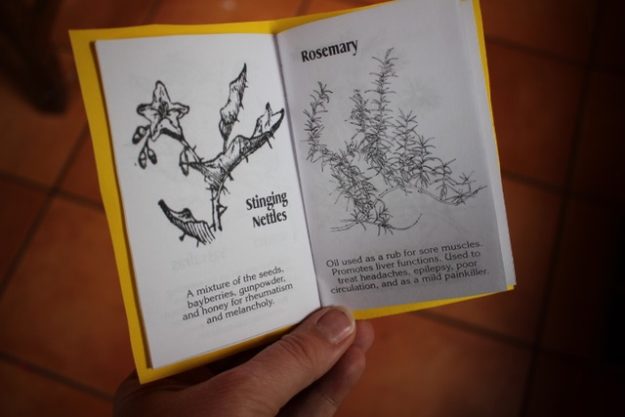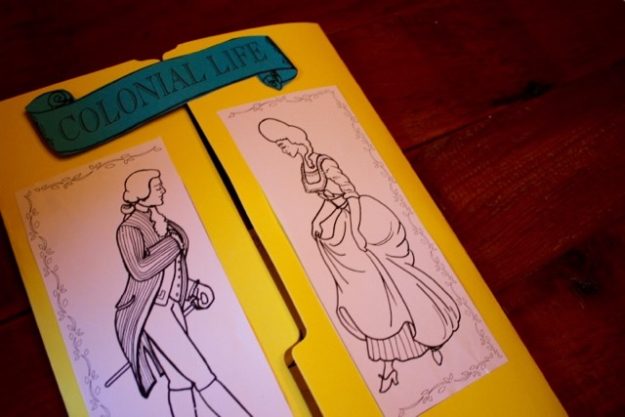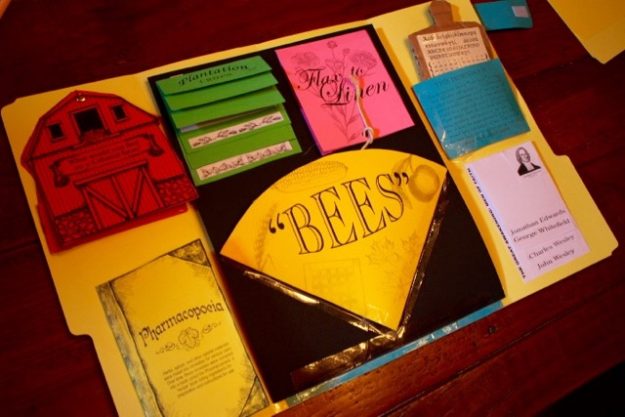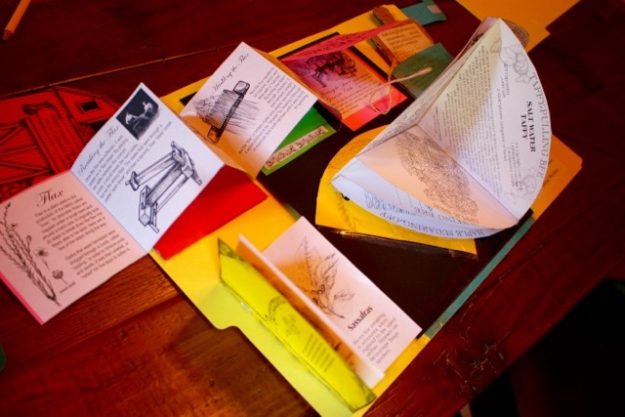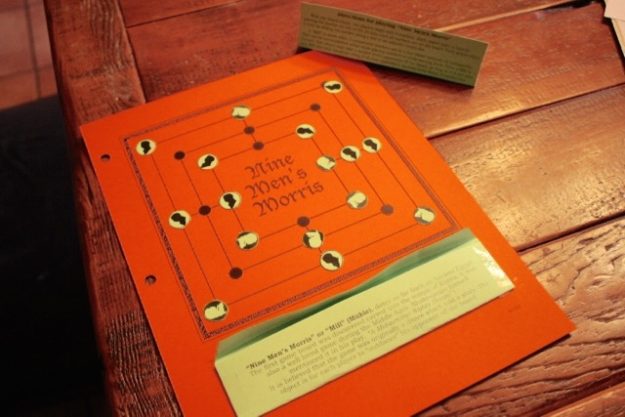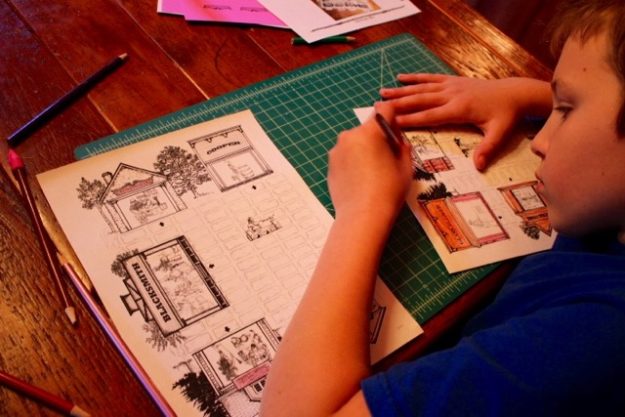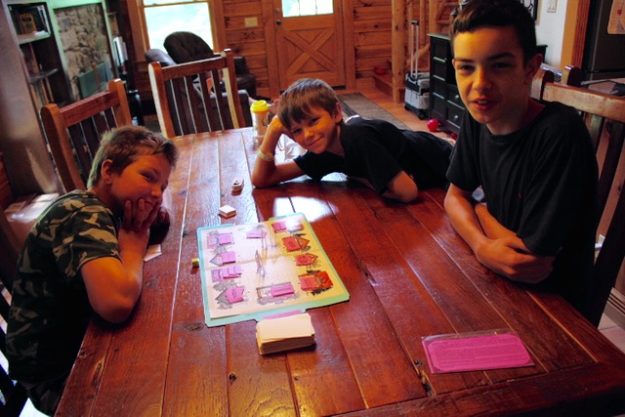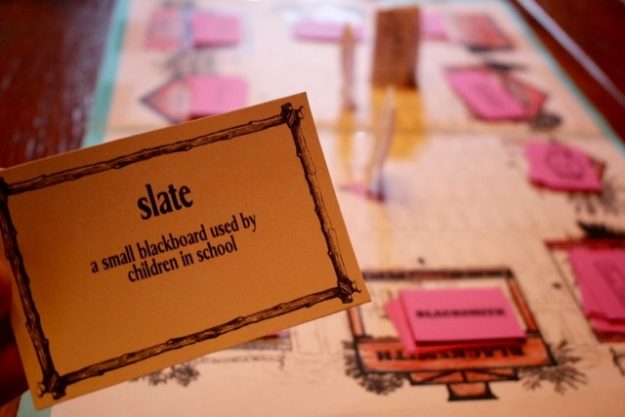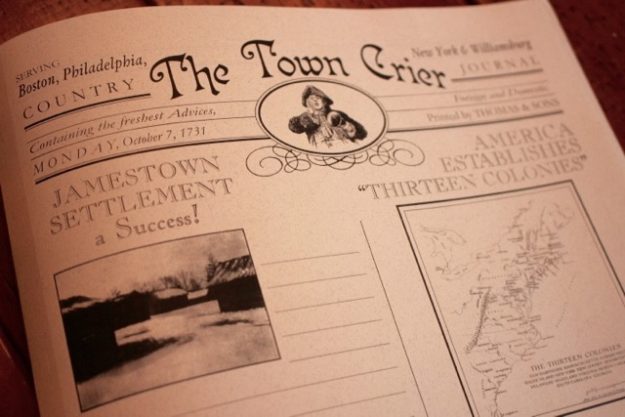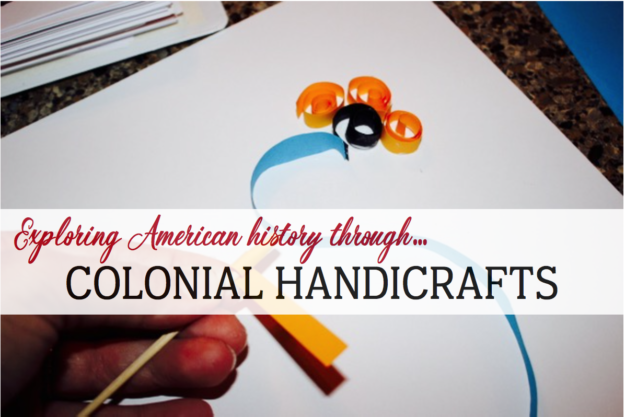…we know that the human hand is a wonderful and exquisite instrument to be used in a hundred movements exacting delicacy, direction and force; every such movement is a cause of joy as it leads to the pleasure of execution and the triumph of success. We begin to understand this and make some efforts to train the young in the deft handling of tools and the practice of handicrafts. – Charlotte Mason
I graduated from high school not knowing how to sew, how to cook, or how to fold a fitted sheet. (Would it be surprising to know that I dropped out of Home Economics class? Remarkable inventions like Hamburger Helper were made just for me.)
A redeeming quality of parenthood (and marriage and homeschooling) is that I’ve been granted ample opportunities to learn new things alongside my children as I attempt to teach them a bit more about the basic skills I’ve lacked. The problem is, I haven’t really known what I lack beyond the basics of sewing, cooking, or folding a fitted sheet. Perhaps this is why I’ve so enjoyed the history unit studies we’ve embarked upon as a family? Many times, these history studies have included another element of learning – one that is not just about accumulating intellectual knowledge, but one that includes the use of our hands in creating beautiful things. This certainly was missing from my life before I started homeschooling. (I’m so thankful to these four boys for enriching my life so much more than I ever thought possible!)
I received the following product free for the purpose of reviewing it and was compensated for the time invested in writing this review. We never recommend anything we don’t use and love in our own homeschool. Affiliate links are used in this post. Please read my full disclosure policy for more details.
We just finished another history study from Homeschool in the Woods where we not only learned about colonial life and times, but also had the chance to practice the authentic colonial arts of reverse painting, embroidering, silhouette art, stenciling, sewing, cooking, papercrafting…
cross-stitching (or, rather, designing cross-stitching patterns from a boy’s perspective)…
weaving…
tinsmithing….
and quilling.
Note: We did not have a quilling tool on hand for the Art of Quilling activity pictured above, so we just improvised with a wooden skewer to complete this project.
These handicraft projects were all incorporated into the Time Travelers American History Study: Colonial Life, where we learned about the history of America’s colonies leading up to the American Revolution, including the first thirteen colonies, early settlers and colonial farming, the colonial home, colonial clothing (making wool, linen, and dye), colonial food and recipes, family life, colonial games and pastimes, colonial villages and cities, education, faith, artisans, holidays, crime and punishment, health and medicine, and plantations and slavery. The study opens with an archaeology activity and dig (of which I failed to capture photos)…
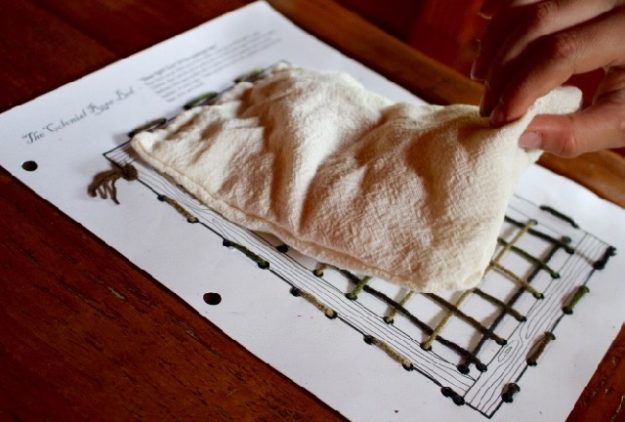
Many of the activities are stored in a notebook or are used to create a lapbook that acts as a showcase/portfolio/keepsake of the work.
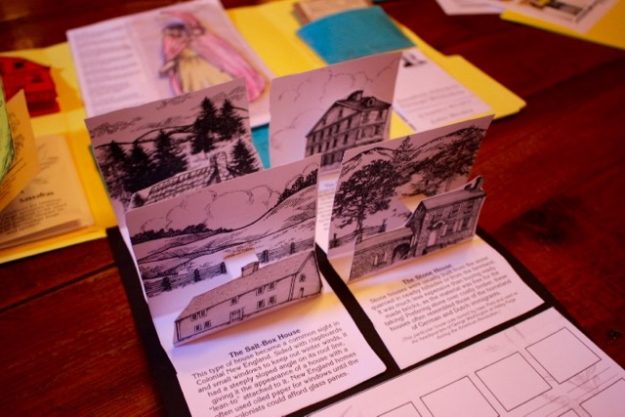
The study also includes games to make and/or play, such as “Nine Men’s Morris,” “A Trip to Town,” or “Artisan Charades.”
…and penmanship pages of Washington’s “Rules of Civility” and Longfellow’s “The Village Blacksmith.” Every Homeschool in the Woods study also includes a timeline notebook activity which provides a quick overview of the major people and events for that time period.
The lessons in this study include:
- Text pages that provide the historical background and associated stories of people and events, followed by activity choices to reinforce the topic.
- Project overview pages that provide detailed, illustrated project instructions
- A wide variety of masters for 50 activities and projects (Each family can choose the projects that work best for their needs and interests.
- A proposed schedule or “guide-at-a-glance,” teacher helps, teacher keys, and resource lists
Each family can choose the projects that work best for their needs and interests. To see a complete list of activities, be sure to download the scope and sequence for the Colonial Life study here. These studies are available as a digital download or on CD and are recommended for grades 3 to 8 (although our toddler and 9th grader enjoy contributing to these studies, as well!)
Hear ye! Hear ye! A La Carte options now available!
The folks at Homeschool in the Woods have recently released a La Carte options so that you have the option of completing just a few of the activities from each study. Visit the a La Carte page for a complete listing of what’s available!
 The options available on the a La Carte page for this particular study include:
The options available on the a La Carte page for this particular study include:
- The Town Crier Newspaper from the American Beginnings Newspaper Collection
- “A Trip to Town” File Folder Game
- The Quilling Handicraft Project
- The Progress of Faith From Europe to the Colonies Timeline
- New World Explorers
- Colonial Life
- American Revolution Study
- Early 19th Century Study
- Civil War Study
- Industrial Revolution through the Great Depression
- World War II
You can save by purchasing the Time Travelers Bundle. If you have questions about any of these studies (or any of the other products offered by Homeschool in the Woods), just give us a shout!

